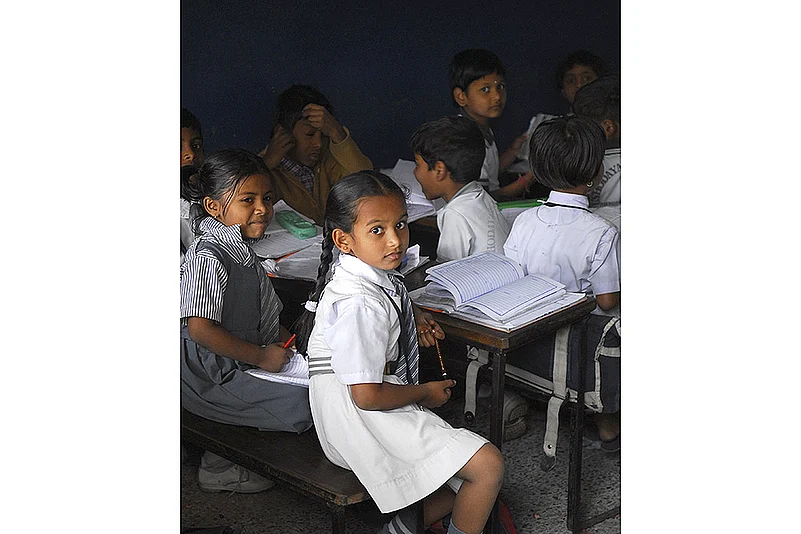The Parliamentary Standing Committee on Education, Women, Children, Youth and Sports, headed by Rajya Sabha MP Vivek Thakur, said in its report tabled in the Upper House last week that the Indian institutions have not thought very clearly about the?problem of?multiple entry and exit system and how they will resolve it when it is at their doorstep.
Parliamentary Panel Says Multiple Entry, Exit Options For Students In NEP Might Cause Issues For Indian Institutions
The New Education Policy proposes multi-entry and multi-exit options for Indian students which is similar to Western education institutions but might not be a great fit here due to high population, uneven geographical distribution of the higher education institutions and other reasons, said a parliamentary panel.

The multiple entry and exit system is being operated by Western educational institutions quite effectively but Indian institutions are likely to face several issues in its implementation, the?parliamentary panel has noted.
Parliamentary panel on issues that Indian institutions might face
The report stated, "New Education Policy (NEP) proposes multi-entry and multi-exit options for the students. While it looks like a flexible system, which is being operated by western education institutions quite effectively, Indian institutions are likely to face several issues in implementing this system. Due to high population, the estimated intake of students in higher education every year is quite high."
It further said, "If institutions allow MEME (multiple entry and multiple exit), it would be very difficult for the institutions to predict how many students would exit and how many would join midway. Since institutions would not know the in- and out-traffic, it will certainly disturb the Pupil-Teacher Ratio."
The panel has noted that uneven geographical distribution of higher education institutions would create hurdles in managing MEME in several areas, mostly countryside.
"The institutions have not thought very clearly about this problem and how they will resolve it when it is at their doorstep," it said.?
What do the UGC guidelines say?
According to the "Guidelines for Multiple Entry and Exit in Academic Programmes offered in Higher Education Institutions" issued by the University Grants Commission (UGC), flexible learning is important to choose one's academic pathway leading to the award of certificate, diploma, and degree.
"There are occasions when learners have to give up their education mid-way for various reasons. The records of the clearance of credits for such incomplete academic programmes remain unaccounted. Some contingency approaches are followed in a few HEIs by allowing the learner to settle for a lower level of certification. Such rigid boundaries need to be removed to ensure zero-year-loss to students in the event of exiting in between," the guidelines stated.
"It will reduce the drop-out rate, thus improving Gross Enrolment Ratio (GER), which is one of the major objectives of the National Education Policy, (NEP), 2020. Flexible learning also facilitates lifelong learning. These objectives can be achieved on the principle of a multiple entry and exit system along with the opportunity of learning from anywhere, anytime," according to the guidelines.
(With PTI inputs)
- Previous Story
 Elections 2024: Ashok Tanwar Joins Congress Again; Sehwag Endorses Congress Candidate In Haryana
Elections 2024: Ashok Tanwar Joins Congress Again; Sehwag Endorses Congress Candidate In Haryana - Next Story
























